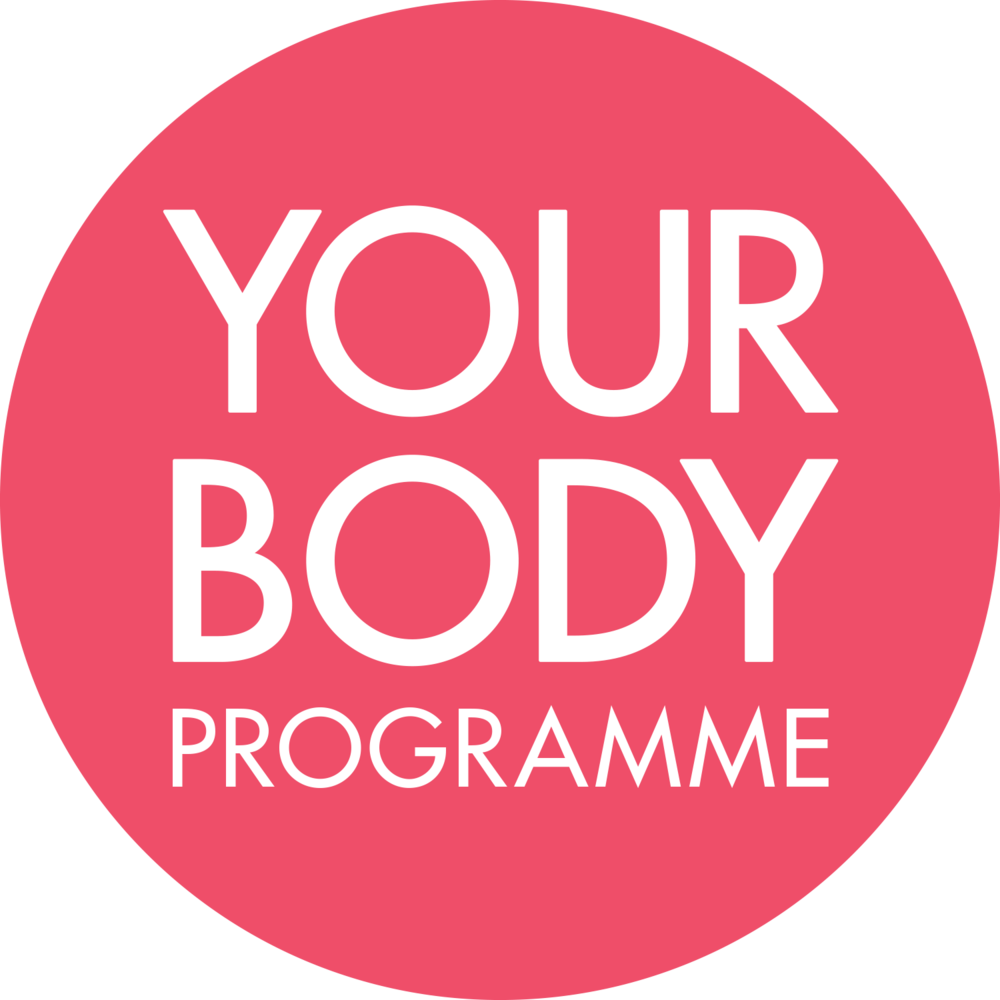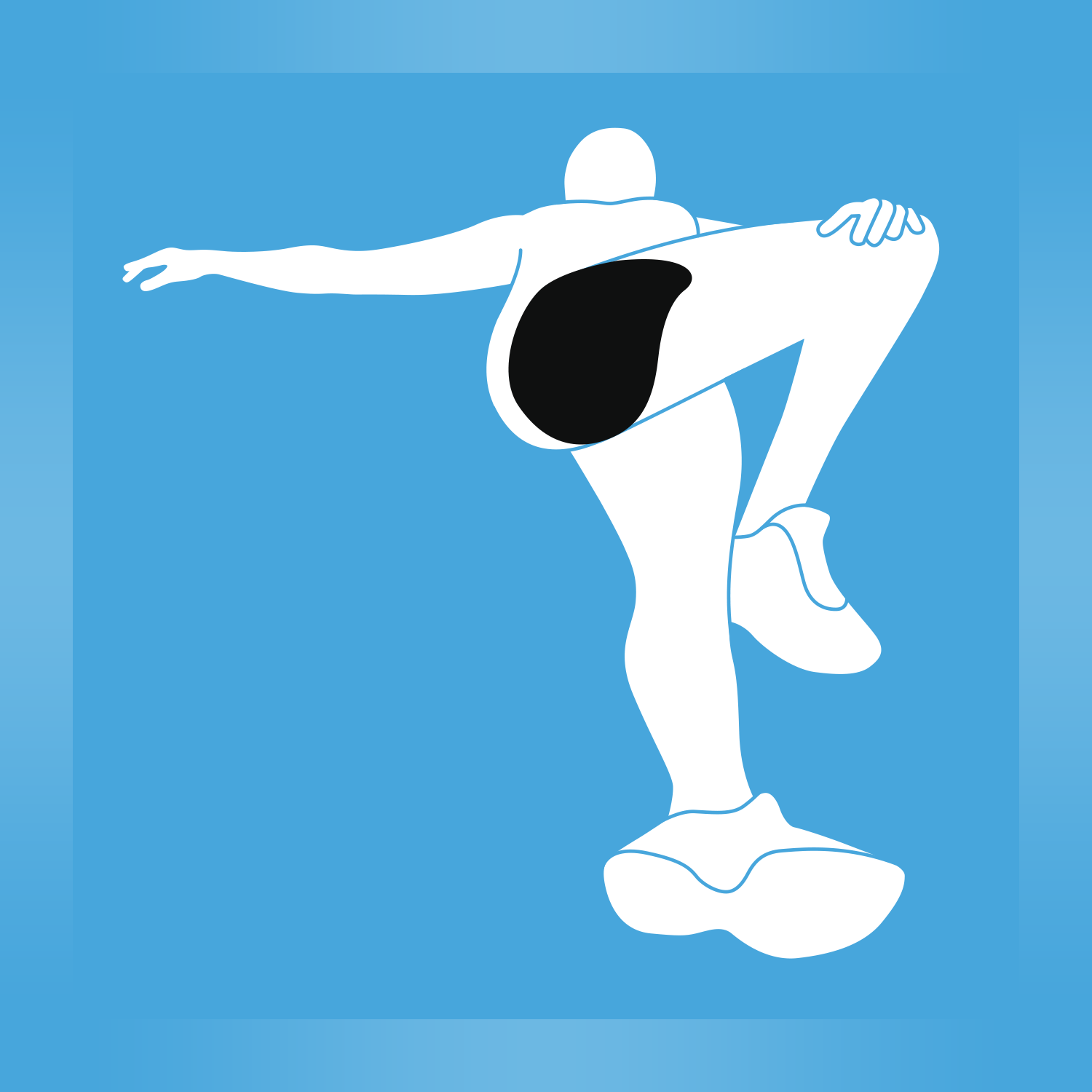LORDOSIS-OVERVIEW
What is Lordosis?
A pronounced arch or curvature in the lower back (lumber region) is also known as a lordosis, appearing swayback with buttocks being more pronounced. When lying on your back on a hard surface there will be a larger than usual gap between the lower back and the surface. The term lordosis comes from the Greek meaning bent backwards.
A natural lordotic curve in the spine helps humans to bring their mass over the pelvis area. This allows us to walk upright as apposed to other primates with inflexible spines, bent knees, bent waist requires them to lean forward. As we can see the curve in our lower back is an essential physiological step allowing for a more energetic and efficient gait.
The problem arises when there is a hyper-lordosis a condition when the curve in the lumber region is exaggerated creating an anterior pelvic tilt and a tightness in the lower back. As with all postural issues, there is an imbalance in muscle length and strength, in this case causing stress on the lower back. This is due to a weakness in the glutes, hamstrings and tightness in the hip flexors, latissimus dorsi and erector spinae muscles. There are several possible causes for an excessive lower back curvature such as obesity, pregnancy, post-pregnancy, discitis (inflammation between intervertebral discs caused by infection).
What are the signs and symptoms?
The main and obvious sign is lower back pain and discomfort. A possible symptom could be a herniated disc from strain placed on the lower back creating damage to intervertebral discs causing a weakness.
What are the possible causes?
Postural lordosis caused be a tightness of the hip flexors muscles, and a weakness in the abdominal muscles is the most common and likely cause. A sedentary lifestyle (sitting for long periods) can cause hip flexors to become tight.
The gluteals attach into our pelvis helping to keep it a neutral position. A weakness in the gluteals, an important postural muscle is another contributing factor of this postural imbalance. Again, a sedentary lifestyle (sitting for long periods) can cause a weakness in the gluteals.
With most back conditions being overweight can both cause problems as well as exercerbate them.
Wearing heels regularly for long periods will cause an anterior pelvic tilt and subsequently a lordotic curve.
The congenital factor, the way spines are formed in certain individuals is likely to increase the chances of developing an increased lower back arch. Achondroplasia is a condition which affects cartilage growth.
Neuromuscular lordosis can be caused by conditions, including muscular dystrophy and cerebral palsy.
Traumatic lordosis is caused by an injury to the spine. The risk of such injuries can be increased by osteoporosis which is a weakness in the bones due to low mineral density.
Spondylolisthesis is a condition in which one of the lower vertabras slides forward onto bone below.
Many pregnant women experience lordotic type symptoms as the spine adjusts to realign to a new centre of gravity.
Having one leg longer than the other can put strain on the lower back, as the individual will likely adjust their body position to meet aesthetic appearances.
Treatment
A corrective exercise, stretching and myofascial release programme. Most people do not need treatment for lordosis. Treatment depends on how severe the curvature is.
Anti-inflammatory medication is used to reduce the pain and swelling. Weight loss through diet and exercise. Vitamin D helps the absorbtion of calcium, which are both essential for bone mineral density.
Braces can be used to support and guide proper posture.
In more sever cases surgery can be used. Metal rods are attached to the bones in the spine, permanently fusing them into a straight position.
Tight muscles
Hip flexors, Latissimus dorsi, Erector spinae, Hamstrings, Quadriceps.
Weak muscles
Gluteals, Lower abdominals, Transverse abdominals.
DYNAMIC WARM-UP
The warm-up is to mobilise and prime your body, it should be specific to the exercise you are about to perform. We recommend 5 mins of gentle cardio to increase body temperature and blood flow to the muscles. Follow this with movements that mimic your exercises but at a slower pace with reduced intensity.
Try our basic warm-up or advanced version with a medicine ball.
MOBILISE
STRETCH- combination
Follow the flow as shown in the video. perform 3-4 times through.
STRETCH-combination
Follow the flow as shown in the video. perform 3-4 times through.
MOBILISATION
Start in a hand plank position. Transition into a downward dog. Drop knees to the floor and transfer your weight back onto your heels into child pose. Move back to start position. perform 10 times.
MOBILISATION — Swiss Ball / Dumbbells
Take a dumbbell in each hand. Make sure your neck is rested on the swiss ball. Place your feet under your knees. Start with arms straight by your side. Keeping arms straight, raise vertically up and all the way over so your upper arm is touching your ears. Then move arms horizontally to start position. Perform 10 reps for 3 sets.
UPPER BODY MOBILISATION – Roller
Balance on your hands and knees. Take one arm and twist, reaching up to the ceiling, so you have a straight line from one hand down to the opposite hand, which is on the floor. Then take the raised hand back under your body, place the back of your hand on the roller and reach under as far as you can until your head touches the floor, repeat 10 times each side for 3 sets.
STRETCH- combination
Follow the flow as shown in the video. perform 3-4 times through.
EXERCISES
PLANK
Place your weight onto your forearms and toes and raise the body. Engage your core and create a straight line from head to feet. Make sure your elbows are underneath your shoulders, maintain neutral spine throughout and hold the position. Hold for 20 seconds. perform 3-4 sets. Try and build up to 1 minute.
LEG RAISES
Lie with your spine along a foam roller and raise your legs with the knees bent. Use your fingertips for support as you engage your core, maintain neutral spine and extend 1 leg towards the floor on the inhale. Do not allow the lower back to over arch. Exhale as you raise and alternate legs. Perform 3 sets of 10 reps each leg.
SQUAT — Wall / Swiss Ball / Dumbbells
Lean your lower back onto a swiss ball positioned against a wall. Place your feet hip width apart, slightly forward of your body and hold a dumbbell in each hand. Lower into a squat until your thighs are parallel to the floor, keep the chest lifted. Extend the legs.
SQUAT — Wall
Lean your back against a wall with your feet hip width apart and slightly forward of your body. Lower into a squat position until your thighs are parallel to the floor and. Keep your chest lifted and hold this position. Hold for 10 seconds for 3 sets. Try to build up to 40 seconds.
BRIDGE — Dumbbell
Lie on your back with your knees bent, feet flat on the floor hip width apart and a dumbbell held on your hips. Push through your heels and lift your hips as high as possible (do not roll through the spine). Ensure to contract the glutes. Lower under control.
BRIDGE — Dumbbell / Box
Lie on your back with your knees bent, feet placed onto a box or bench hip width apart and a dumbbell held on your hips. Push through your heels and lift your hips as high as possible (do not roll through the spine). Ensure to contract the glutes. Lower under control. Perform 10 reps for 3 sets.
HIP THRUST — Bench / Dumbbell
Support your head and shoulders on a box or bench and hold a dumbbell on your hips, with the hips lifted. Allow your bottom to lower towards the floor, your head and shoulders will lift slightly as there should be no arching of the upper back. Contract the glutes and raise the hips. Perform 10 reps for 3 sets.
HIP THRUST — Swiss Ball / Dumbbell
Support your head and shoulders on a swiss ball and hold a dumbbell on your hips, with the hips lifted. Allow your bottom to lower towards the floor, your head and shoulders will lift slightly as there should be no arching of the upper back. Contract the glutes and raise the hips. Perform 10 reps for 3 sets.
GLUTES – Swiss Ball
Roll onto the swiss ball so your hands are on the floor directly below your shoulders. Make sure your hips are rested on the centre of the ball. Keeping legs straight lower feet to ground and raise to the ceiling. Perform 10 reps for 10 sets.
BRIDGE BRIDGE
Lie on your back with your knees bent, arms to the side and 1 leg raised off the floor. Push through your supporting heel and lift your hips as high as possible (do not roll through the spine). Ensure to contract the glutes. Lower under control. Perform 10 reps for 3 sets.
STRETCHES
Hold each position for 1 minute and increase the length of time on particularly tight muscles.
GLUTES
Lie on your back and place your arms on the floor stretched over your head. reach your arms up away from your body.
GLUTES
Lie on your back and place your foot onto the opposite knee. Press the top knee outwards as you clasp the underneath leg and draw it towards you.
BACK
Sit back onto your heels and simultaneously reach your hands forward with your forehead resting on the floor.
CHEST AND LAT
Lay on your back across a swiss ball with your feet on the ground. Raise your arms over your head resting your upper arms on ball beside your ears.
HIP FLEXOR
In a half kneeling position tuck your pelvis under, squeeze your glutes and press your hips forward.
QUADS
Draw your foot towards your bottom. Squeeze your glutes, tuck your pelvis under and keep your knees together.
HAMSTRINGS & CALF
Raise your foot onto a surface and lean your body forward. Flex the foot bringing the toe towards you.
CALF
Lean into a wall, extend the back knee and press the heel into the floor. Ensure both feet are in a parallel position.
GLUTES & BACK
Lie on your back with your arms stretched out wide, take one knee across your body and apply gentle pressure drawing the knee towards the floor.





























